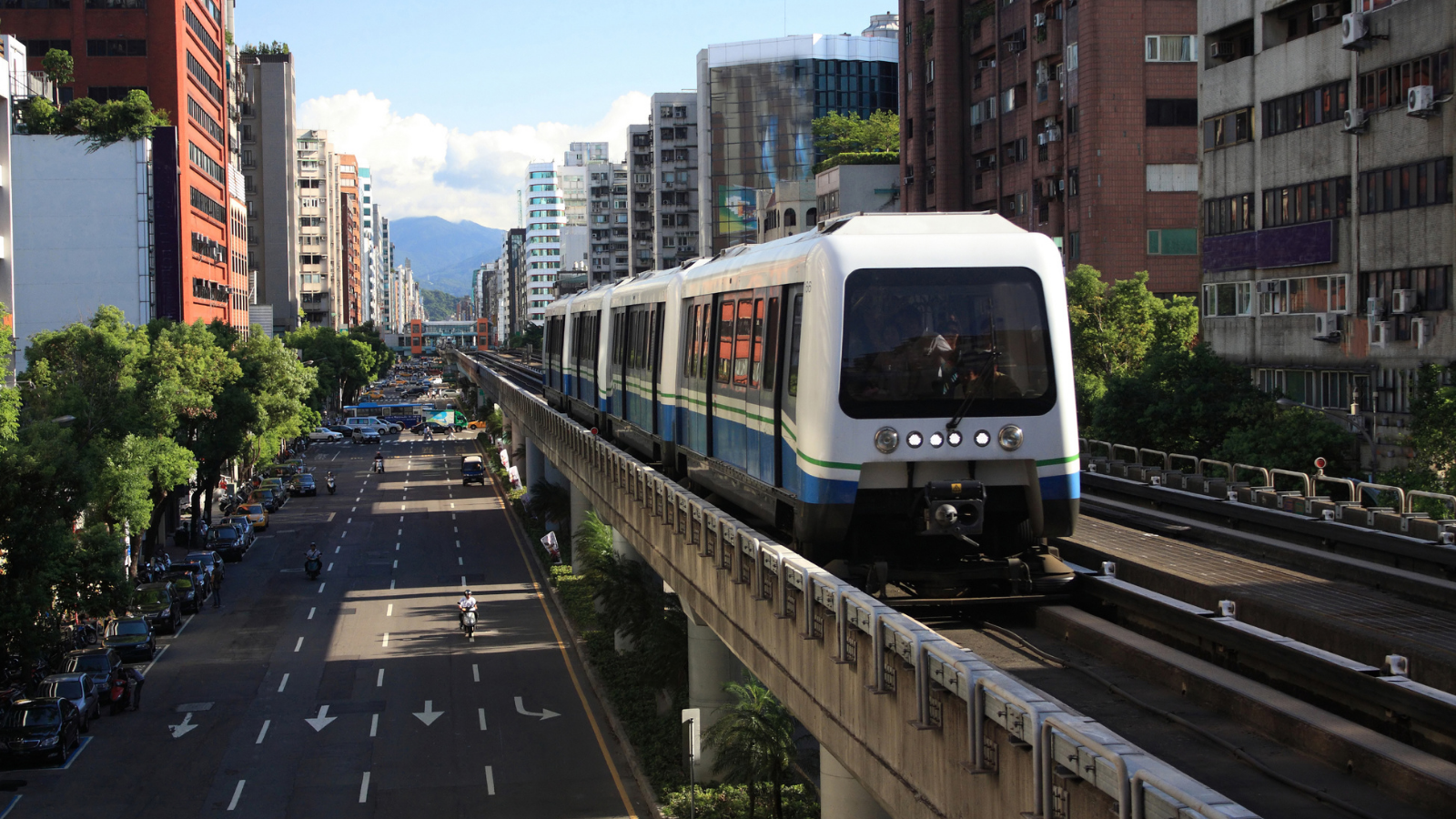As COVID-19’s restrictions, lockdowns, and isolation begin to fade in many parts of the U.S. and vaccination rates inch upward, there is no shortage of ink spilled about the strain the pandemic’s restrictions have put on our public transportation systems. With so many people still preferring a virtual environment for our work, schooling, worship and doctors’ appointments, challenges for public transportation agencies remain stark as dramatic declines in ridership persist. But a closer look at those numbers reveals opportunity, as well. Bus networks, often overlooked despite their predominance on the North American transit landscape, have proven surprisingly resilient this year, and they’ve been key to meeting the transportation needs for the frontline healthcare workers and essential employees that have kept our communities going. These trends demonstrate the critical need for transit officials to maintain or improve service in these networks to meet the demands of a post-pandemic rider base, even as we continue to expand infrastructure and service across the transit ecosystem.
Pandemic Ridership by the Numbers
In comparison to 2019, subway, commuter bus and commuter rail experienced 60-70% drops in ridership in 2020, and light rail is down 55%. Buses and paratransit, however, have proven more resilient, experiencing only a 40% drop in ridership, and giving us unique insight into a core piece of our rider base and how we can tailor post-pandemic expansion to meet its needs. Passengers who used public transportation throughout the pandemic—from frontline workers and essential employees to low-income communities that rely on it to perform everyday errands—overwhelmingly leveraged bus networks for part, if not all, of their commutes. Given these realities of ridership, it’s clear that investment in buses will be a key driver of the United States’ post-pandemic recovery. As commute patterns change, we have a unique opportunity to reevaluate how we plan and deliver services in these communities to meet the needs of core riders.
Opportunity for Realignment
Secretary of Transportation Pete Buttigieg said in a recent interview that the future of transit lies in “mode shifting the way people get around.” He’s right—and as the country reopens, shifts in rider demand provide a key opportunity to start doing exactly that. Ridership will look significantly different than it did pre-pandemic: some people will return to work full-time while others work remotely for part or even all of the work week. While this realignment will undoubtedly make some transit leaders grimace at the prospect of losing a key source of revenue, the research we conduct with Keolis Evolve paints a different picture. Instead of discussing the adverse impacts of a decline in “9 to 5” commuter ridership, the research shows that, in many communities, there is an all-day demand for transit that goes beyond typical workday riders and presents unique new opportunities for transit operators.
That means offerings will need to evolve to match actual travel patterns. With Keolis Evolve, agencies are able to stay ahead of the seismic shifts in the commuter landscape by examining trends in demand and starting to think like passengers in order to meet riders where they are at different points in the day. Now is the time for agencies to undertake a fresh review of their networks to identify strategies to craft more comprehensive, equitable mobility ecosystems that incorporate additional modes—like microtransit—to support and enhance existing offerings. By being attentive and responsive to community demand, we can continue striving for equality of access and unparalleled rider experience while meeting the industry’s economic needs for decades to come.
